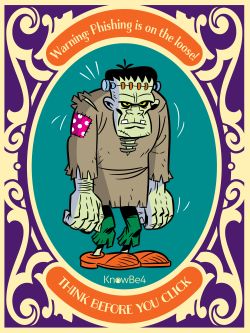
May people use email in their personal life and their workplace. You can get an email from your aunt with her stew recipe or an email from your manager with a guest list for the office party. But what if the email isn’t actually from your aunt of manager? Cybercriminals often pretend to be someone you know to get you to click unsafe attachments, such as fake .doc or .pdf files, which are some of the most common attachments used for attacks. It’s important to learn how to protect yourself.
Fake DOC and PDF attachments
Older Microsoft Word .doc files are commonly used in cyberattacks because they can include macros. A macro, short for macroinstruction, is a set of commands that can control a .doc file and other programs. If you open the illegitimate file, a pop-up window will display asking you to enable macros. If you accept, the macros will be able to install malware on your device.
PDF files are sent over email every day, making them perfect tools for cyberattacks. One popular type of attack is when an image is put in a PDF file to trick you into clicking it (for example, a video play button). Unfortunately, clicking the image could send you to a website designed to steal your sensitive information.
Fake QR codes
QR codes sent over email have recently been used as a cyberattack tool. These emails are designed to trick you into scanning a non-legitimate QR code that takes you to a malicious website created to install malware, steal personal information and login credentials, or gain access to sensitive company data.
What you can do to stay safe
Follow the steps below to stay safe from dangerous email attachments:
- If a suspicious email appears to be from someone you know, contact them over the phone or in person. Check to see if the email is legitimate before putting yourself at risk.
- Never click or scan a QR code in an email.
- Avoid .doc files in general. They use an outdated format and contain too many security risks. The newer .docx format is the current standard and is much safer.
- Always think before you click. Cyberattacks are designed to catch you off guard and trick you into clicking impulsively.
- Read this article to learn more about how to recognize and avoid phishing attacks
- Enroll in OC's Cybersecurity Awareness training. Complete the training by Oct. 31, 2023, for a chance to win a $50 gift card to the OC Campus Store.
Learn more at okanagan.bc.ca/it-security.
Adapted from KnowBe4.com
Published: Oct. 23, 2023
